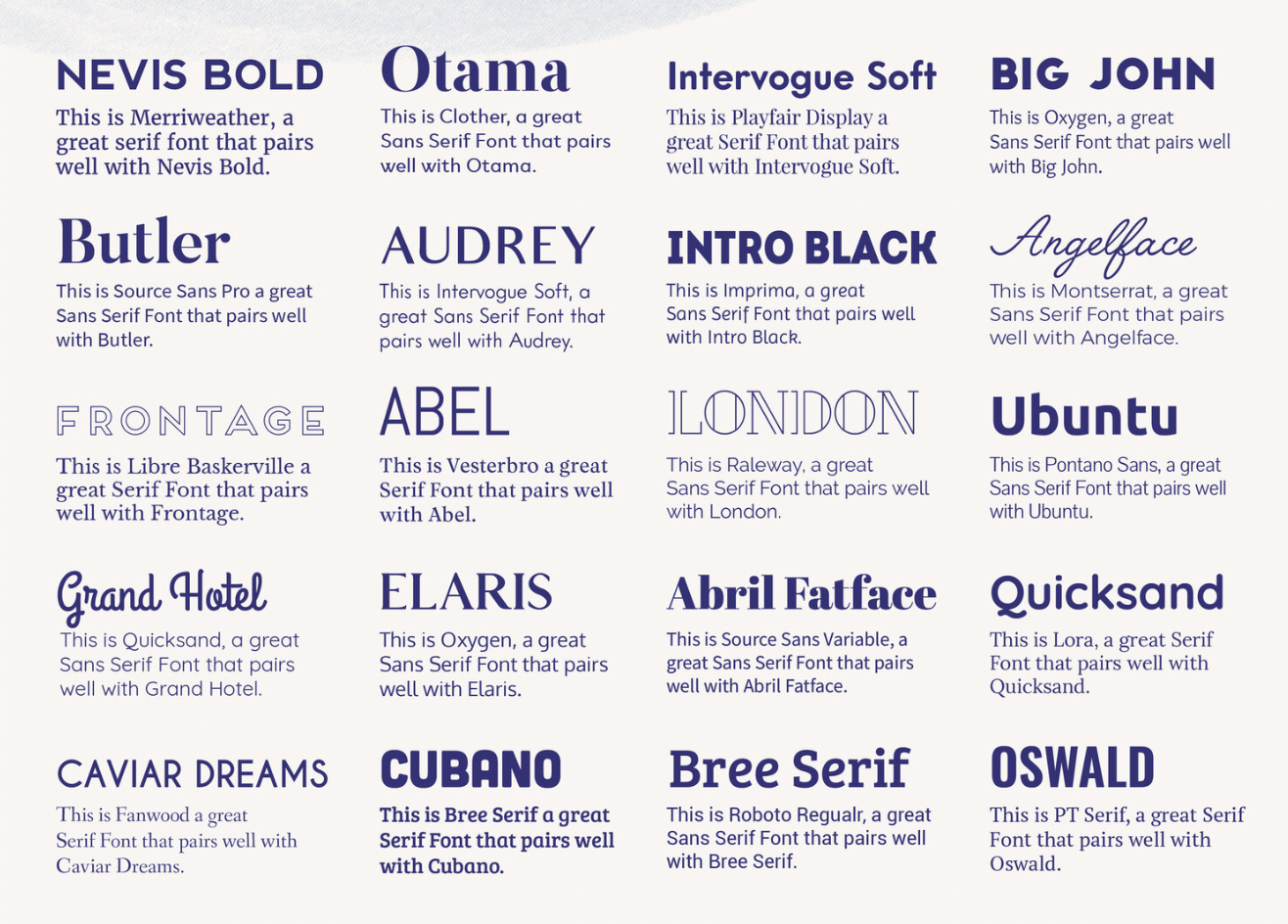Pre-Production Tips for Youtube Videos
Disclosure: This post contains affiliate links. By purchasing through these affiliate links, you are directly supporting us as creators at no extra cost to you which helps us make more videos and articles!
Planning out your content, or what is called “pre-production,” is one of the most important things you can do to ensure the success of your creation process and video performance. Whether you’re filming yourself in several locations, or doing faceless content it’s really important to consider every aspect of your production before you move on to the production phase.
There are 3 phases to be aware of when putting together any video project.
Pre-Production is the crucial phase of a project where the initial planning, budgeting, and organization take place. It involves tasks such as scriptwriting, storyboarding, casting, securing locations, and creating a production schedule, laying the foundation for a successful and efficient production process.
The Production stage of filmmaking is the phase where all the planning and preparation culminate into actual filming. It involves assembling the cast and crew, setting up the shooting locations, and capturing the scripted scenes on camera.
The Post-Production phase of filmmaking is an essential step in bringing the vision of a film to life. During this phase, editors piece together the footage, add special effects, sound design, and color correction to create a seamless and immersive final product.
In this post we will primarily focusing on the Pre-Production phase.
Here are some tips to help you prepare effectively:
1. Define Your Purpose and Audience
- Clearly, define the purpose of your video. What message do you want to convey?
- Identify your target audience. Understanding your audience helps you tailor your content to their preferences.
2. Research and Plan
- Research trending topics in your niche.
- Develop a script or outline for your video. This will help you stay focused and organized during shooting.
3. Create a Production Schedule
- Plan your shooting days, editing days, and release date.
- Be realistic about the time needed for each task. Factor in time for unexpected delays.
4. Scripting and Storyboarding
- Write a compelling script that engages your audience.
- Create a storyboard to visualize how your video will flow. This helps you identify necessary shots and transitions.
5. Gather Equipment
- Ensure you have the necessary equipment, such as a camera, microphone, lighting, and any other tools specific to your content.
- Test your equipment before the actual shoot to avoid technical issues.
6. Scout and Prepare Shooting Locations
- If shooting on location, visit the site beforehand to assess lighting, sound conditions, and any potential challenges.
- Make sure you have any necessary permits or permissions.
7. Create a Shot List
- Break down your script into specific shots you need. This helps streamline the filming process.
- Include details like camera angles, movements, and any specific actions.
8. Gather and Prepare Props
- If your video requires props or additional items, gather and prepare them in advance.
- Ensure everything is in working order and looks presentable on camera.
9. Plan for B-Roll
- B-roll footage enhances your video's quality. Plan and shoot supplementary footage to use during editing.
- This can include close-ups, cutaways, and additional context.
10. Prepare Your Presenter or Talent
- If you have a host or presenter, make sure they are comfortable with the script and have practiced.
- Consider doing a rehearsal to identify any potential issues.
11. Organize Your Files
- Create a folder structure for your project and keep files organized. This includes scripts, graphics, music, and footage.
- Label and backup files to avoid confusion and data loss.
12. Consider SEO
- Research relevant keywords and incorporate them into your video title, description, and tags.
- This can help improve your video's discoverability on YouTube.
By investing time and effort into the pre-production phase, you set the foundation for a smoother production process and increase the likelihood of creating a high-quality YouTube video. I have seen a substantial increase in audience retention and views since following these pre-production tips.
Is there anything you do that helps you get the most out of your content prep time?





















